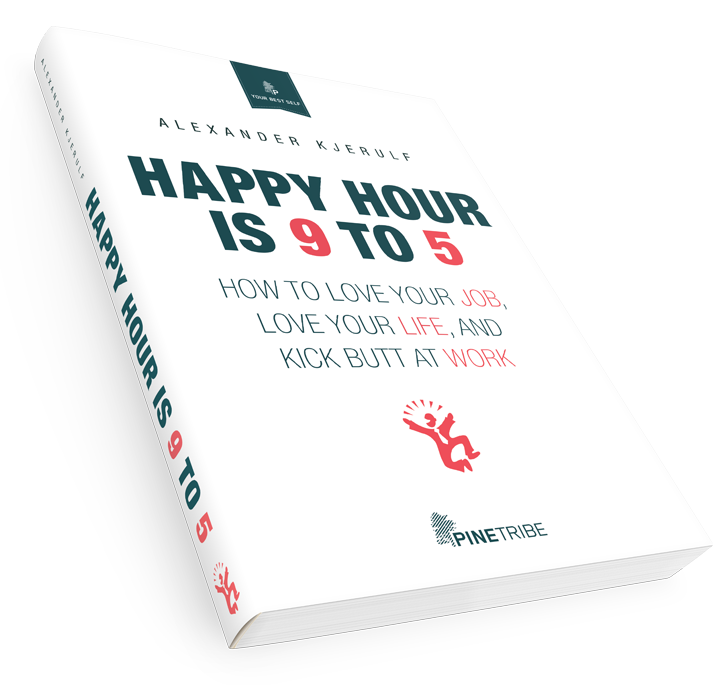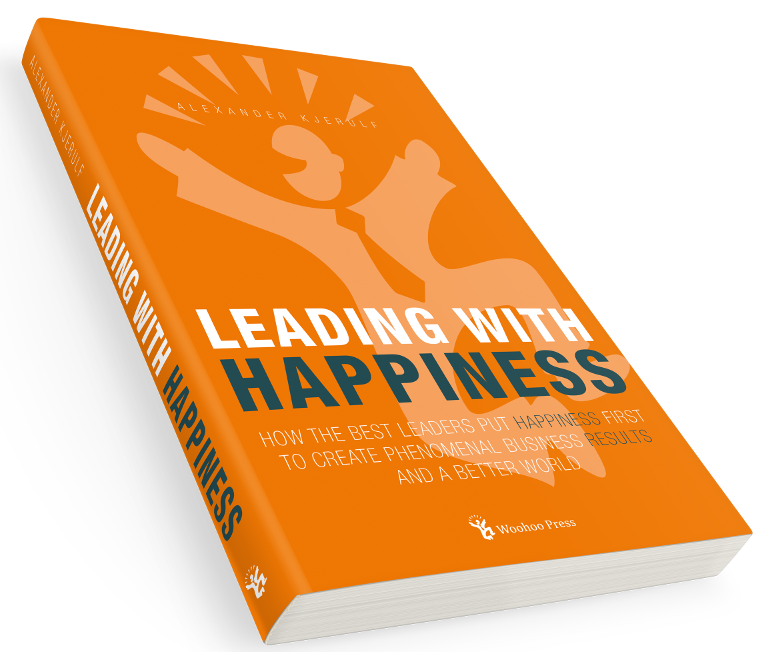So, why on earth am I reading a book about child therapy? First of all, therapy is all about change. You have a problem, you need to change, therapy is one potential tool, and therapy contains many potentially useful methods for promoting change. And one of the biggest challenges facing organizations today is the need for constant change. It’s almost a clich? to say it, but it remains true.
Secondly, I discovered the concept of narrative therapy on the net, while netresearching therapy, and it seemed really interesting for a number of reasons.
Among other things, narrative therapy is:
Short-term
Unlike some other forms of therapy, narrative therapy is focused on solving the problem, and on doing so as quickly as possible.
Playful
No matter how serious a problem is, you can probably make it worse by taking it to seriously. Narrative therapy approaches problems playfully. This is especially important when working with children, but also holds for adults. Taking your problems lightly, makes them easier to solve.
Narrative
The use of stories was especially interesting to me (I’ve written about it earlier). Here they use stories of the childs positive qualities to replace the stories of the problem. This also helps externalize the problem, so that everyone involved can see that the child is not the problem – the child has the problem.
Focused on the positive
Throughout the process, focus is on the childs and the familys own resources, and how they can be used to meet the problem. This makes everybody involved feel more powerful towards the problem and more in control.
These principles (if not the actual methods described in the book), can probably be transferred to any change initiative anywhere.
Reading the book is a delight. It’s full of stories of children and families discovering their own strengths and overcoming seemingly insurmountable and in some cases life-threatening problems. The approach used by the authors is based on an obvious and deep respect for children. And the results speak for themselves.



Leave a Reply